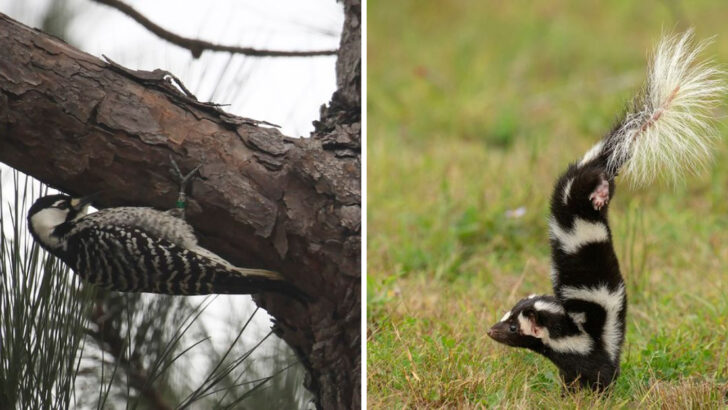The Appalachian Mountains are home to some of the most elusive, mysterious, and downright fascinating creatures on Earth. These wild, rugged hills aren’t just beautiful—they’re teeming with life that you won’t find anywhere else.
From the mist-covered peaks to the deep, shadowy forests, the Appalachiains are alive with animals that call this ancient land home. Whether it’s the elusive Eastern cougar, or the secretive hellbender salamander, these creatures have adapted to a life like no other.
But don’t let the charm of these wild places fool you. These animals are survivors, thriving in an environment that has shaped their very existence for centuries. And, with the mountains as their shield, they continue to remain hidden gems, waiting for those bold enough to discover them.
Let’s uncover the secrets of these 24 wild animals and explore the Appalachian wilderness in all its untamed glory!
Appalachian Cottontail
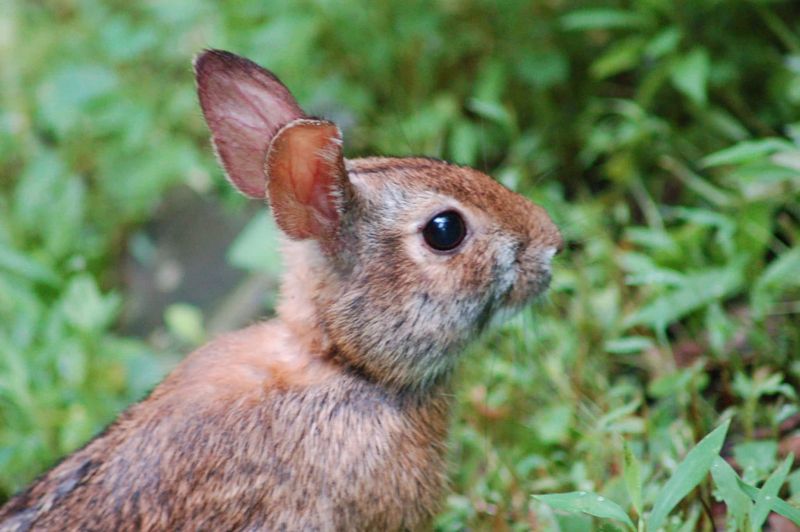
Nestled within the dense thickets of the Appalachian Mountains, the Appalachian Cottontail thrives with a charm all its own. Its fluffy, round tail peeks out, a signature of its playful nature. Among forest shadows, this cottontail hops with quiet grace, evoking a sense of wonder.
Unlike its relatives, this rabbit prefers the cooler, higher elevations, where it nibbles on tender leaves and twigs. Its curious nature leads it to explore the underbrush, making it a delightful subject for wildlife watchers. Its presence signals a healthy ecosystem, thriving with life.
Eastern Hellbender
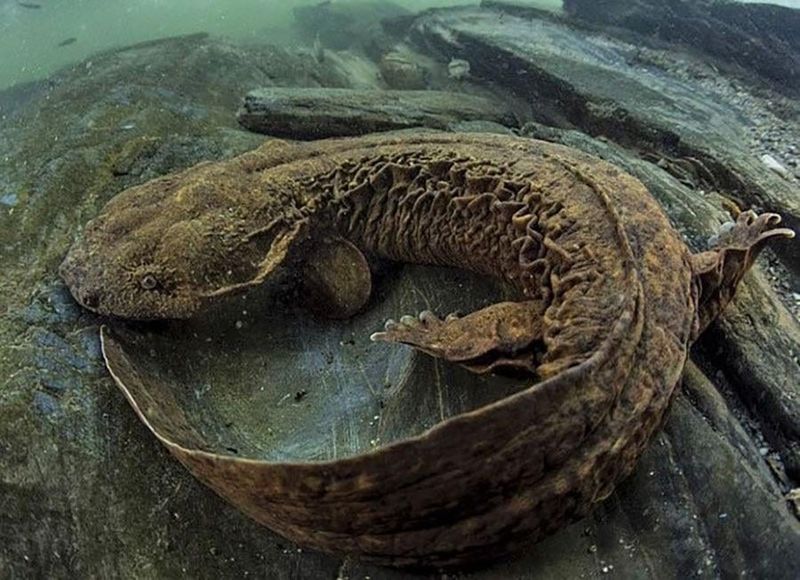
Lurking beneath the cool, clear streams of the Appalachian Mountains, the Eastern Hellbender reigns supreme. This giant salamander, with its flat, slippery body, slides gracefully between rocks, embodying the mystery of these ancient waters.
Known locally as the “snot otter,” its intriguing appearance and unique adaptations capture the imagination. Its skin, covered in loose folds, aids in respiration, making it a marvel of amphibian evolution. While elusive, its presence in the stream indicates pristine water quality, a vital component of Appalachian ecology.
Spruce-fir Moss Spider

Hidden among the mossy branches of high-altitude forests, the Spruce-fir Moss Spider weaves a tale of survival. With its minuscule size and orange-brown hue, it blends seamlessly into its lush, green surroundings.
This spider’s habitat is vanishing, making its survival a poignant reminder of ecological fragility. Despite its size, its role in the web of life is profound, controlling insect populations among the spruce and fir. The conservation of its habitat is crucial, as this delicate creature represents the balance of mountain ecosystems.
Allegheny Woodrat

Amidst the rocky outcrops of the Appalachian Mountains, the Allegheny Woodrat scampers with a playful curiosity. Its bushy tail flickers as it navigates its rugged habitat, collecting seeds and nuts for its woodland pantry.
This nocturnal creature is a master of adaptation, thriving in environments where others might falter. Despite its rat-like appearance, it exhibits behaviors more akin to a squirrel, endearing it to those who study these mountains. Its presence is a testament to the rich biodiversity that the Appalachians sustain.
Bog Turtle
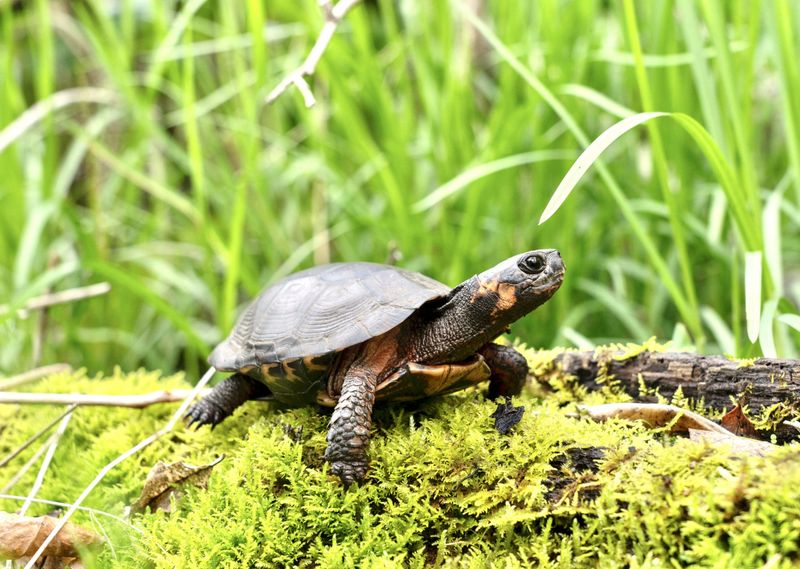
In the shallow, mucky wetlands of the Appalachian Mountains, the Bog Turtle quietly makes its home. Small yet striking, its dark shell contrasts with a vivid orange patch on its neck, a hallmark of its species.
Living in bogs and marshy areas, this turtle is an emblem of wetland conservation. Its existence is threatened by habitat loss, making it a focus of ecological efforts. Observing a Bog Turtle is a rare treat, a glimpse into the delicate balance required to sustain these unique environments.
Northern Flying Squirrel

Gliding through the canopy of the Appalachian forests, the Northern Flying Squirrel offers a spectacle of aerial agility. With its large, expressive eyes and silky fur, it soars from tree to tree, a marvel of nature’s engineering.
This nocturnal navigator plays a crucial role in forest health, spreading fungi spores essential for tree growth. Its presence indicates a thriving forest ecosystem, one where symbiosis flourishes. Watching these squirrels is like seeing a dance in the sky, a testament to the wonders hidden within these ancient woods.
Shenandoah Salamander
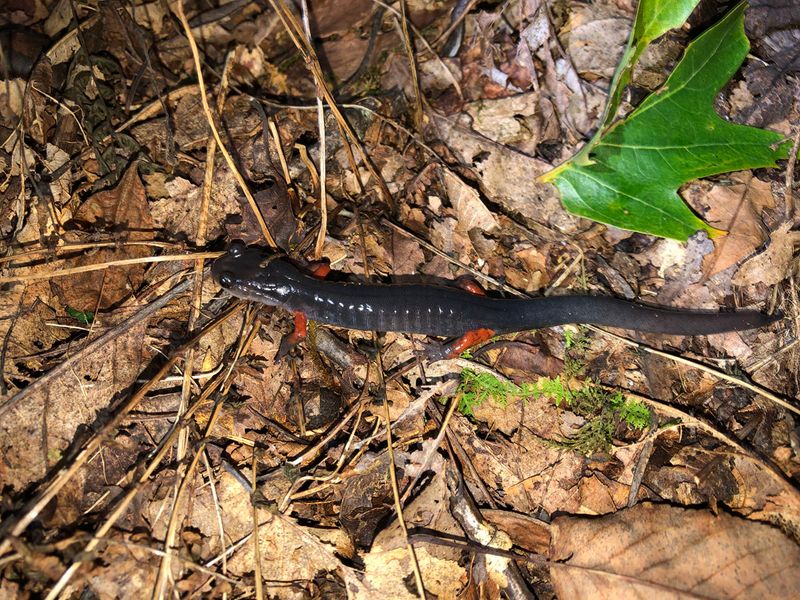
Among the leaf-littered slopes of Shenandoah National Park, the Shenandoah Salamander finds refuge. With its slender form and distinctive coloration, it blends perfectly into the forest floor, a master of disguise.
This salamander’s restricted range makes it especially vulnerable to environmental changes. It serves as an indicator species, reflecting the health of its mountain habitat. Protecting the Shenandoah Salamander means preserving the intricate tapestry of life that defines the Appalachian ecosystem.
Appalachian Elktoe
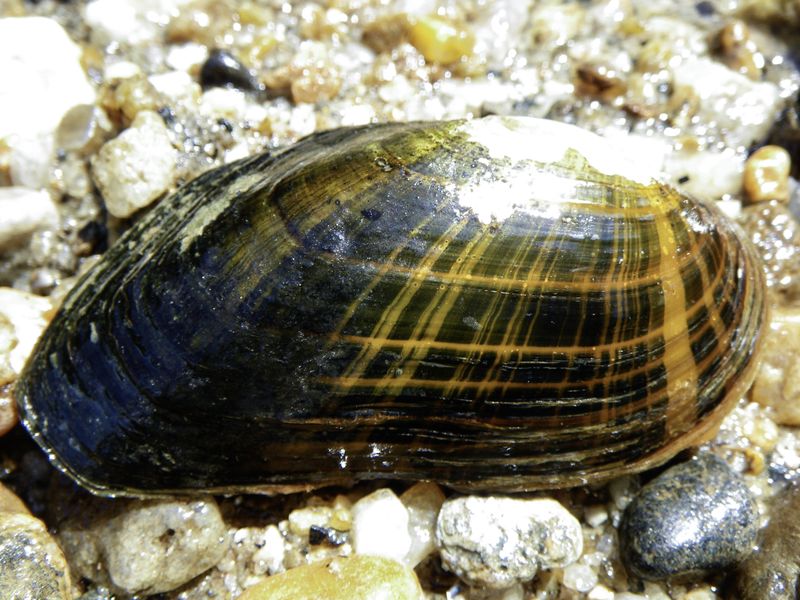
Resting in the pristine streams of the Appalachian Mountains, the Appalachian Elktoe is a symbol of aquatic purity. Its ridged shell, subtly colored by the water’s minerals, sits quietly on the streambed.
This freshwater mussel is a vital part of the river ecosystem, filtering water and providing habitat for other species. Threatened by pollution and habitat disruption, it underscores the delicate balance of mountain waterways. Conservation efforts aim to protect this unsung hero of the aquatic world, ensuring the streams remain vibrant and life-sustaining.
Carolina Northern Flying Squirrel
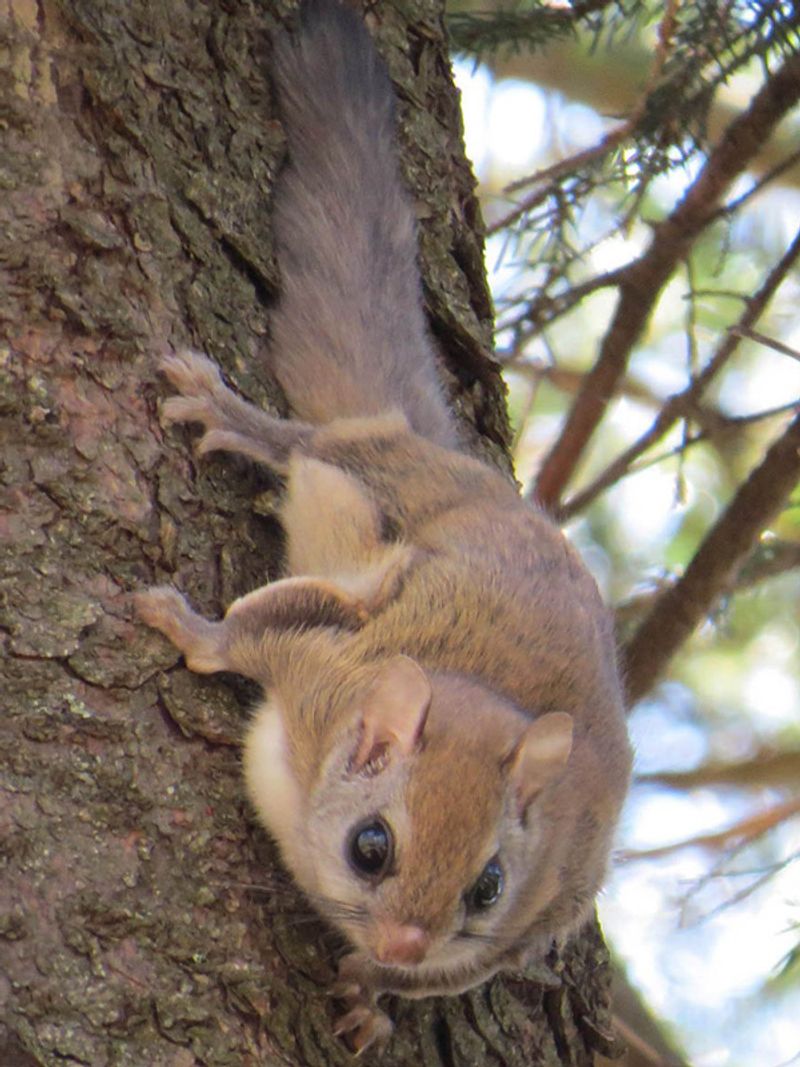
In the cool, misty forests of the southern Appalachians, the Carolina Northern Flying Squirrel soars with silent grace. Its thick, grayish fur provides warmth as it glides effortlessly from tree to tree.
This squirrel is a keystone species, playing a crucial role in its environment by dispersing mycorrhizal fungi spores. These spores enhance tree and plant growth, sustaining the forest’s health. Observing its acrobatics adds a touch of magic to any woodland visit, a reminder of nature’s interconnected wonders.
Virginia Big-Eared Bat
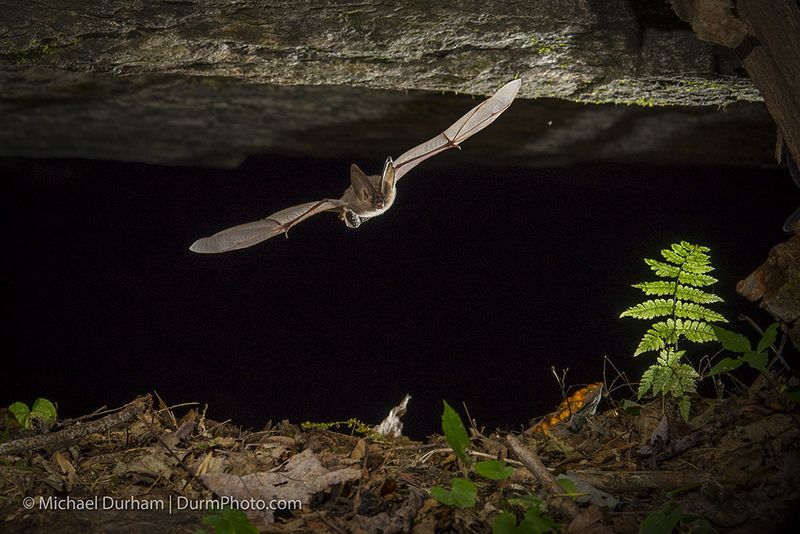
Hiding within the cool depths of Appalachian caves, the Virginia Big-Eared Bat roosts quietly. Its large, distinctive ears give it an almost whimsical appearance, perfectly suited to its nocturnal lifestyle.
This bat plays a vital role in controlling insect populations, ensuring a balanced ecosystem. Its presence in these caves is a sign of healthy biodiversity, yet it faces threats from habitat disturbance and disease. Conservationists work tirelessly to preserve its habitat, recognizing the bat’s importance to the Appalachian region.
Tennessee Cave Salamander
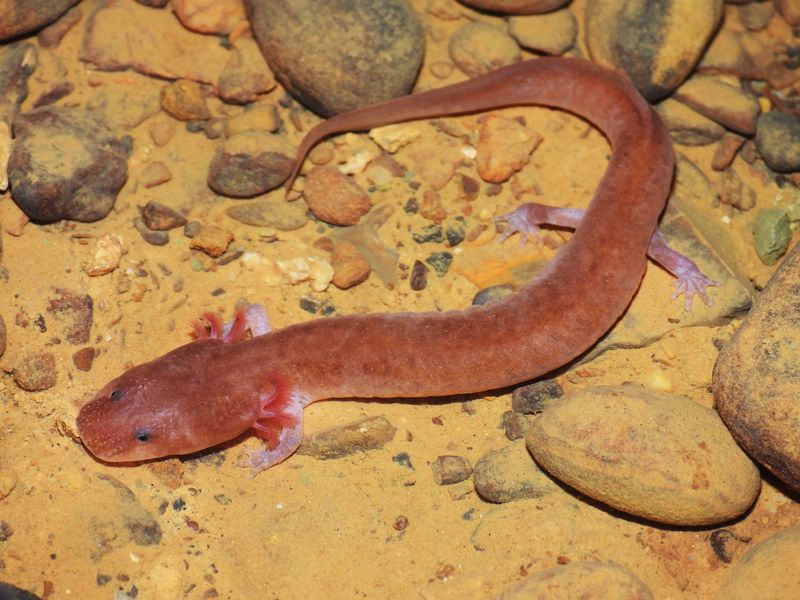
Deep within the limestone caves of Tennessee’s Appalachian region, the Tennessee Cave Salamander resides in secret. With its pale, pinkish skin and external gills, it appears otherworldly, adapted perfectly to its subterranean home.
This salamander’s life in darkness contributes to a unique ecosystem that few witness. It thrives in the cave streams, feeding on small invertebrates and playing a part in the cave’s delicate food web. Protecting its habitat is crucial, as this species provides insight into the ancient, hidden worlds of the Appalachians.
Red-Cockaded Woodpecker
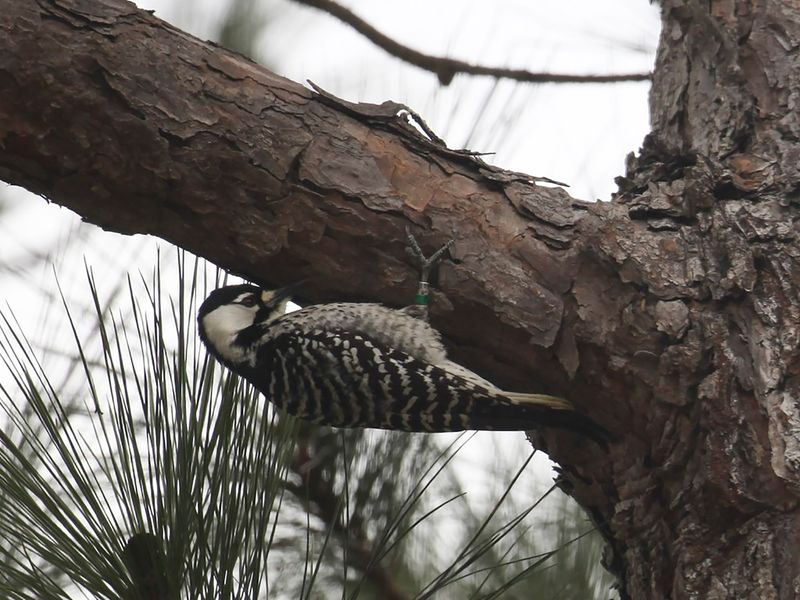
In the longleaf pine forests of the Appalachian foothills, the Red-Cockaded Woodpecker taps out its rhythmic song. Its striking black and white plumage is accented by a subtle red streak, adding a splash of color to its monochrome feathers.
This woodpecker is a keystone species, its nesting cavities serving as homes for other forest creatures. Habitat fragmentation poses a risk to its survival, making conservation efforts vital. Listening to its drumming is to hear the heartbeat of the forest, a reminder of nature’s interconnectedness.
Eastern Spotted Skunk
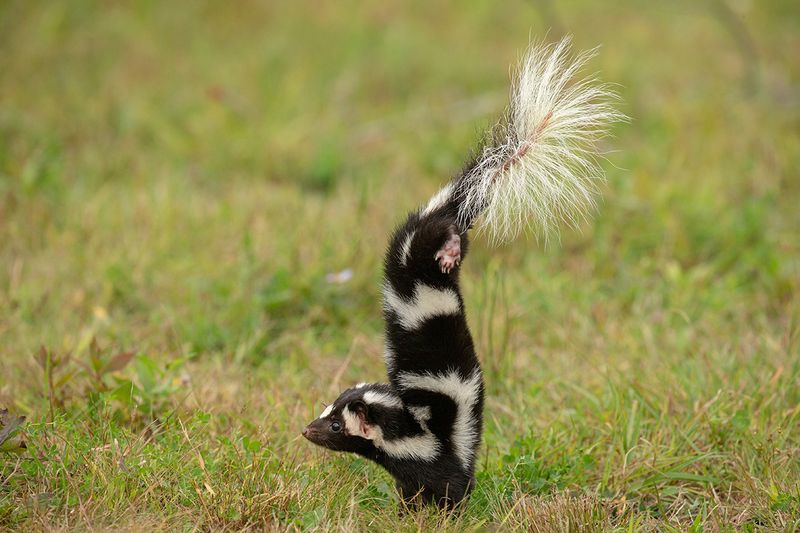
In the dense underbrush of the Appalachian Mountains, the Eastern Spotted Skunk scuttles with purpose. Its black and white fur forms a unique pattern of spots and stripes, a striking contrast in its forested home.
This skunk’s playful antics and acrobatic skills provide endless amusement. It plays a crucial role in pest control, eating insects and small rodents. Its presence indicates a healthy, balanced ecosystem, where predator and prey exist in harmony.
Blue Ridge Two-lined Salamander
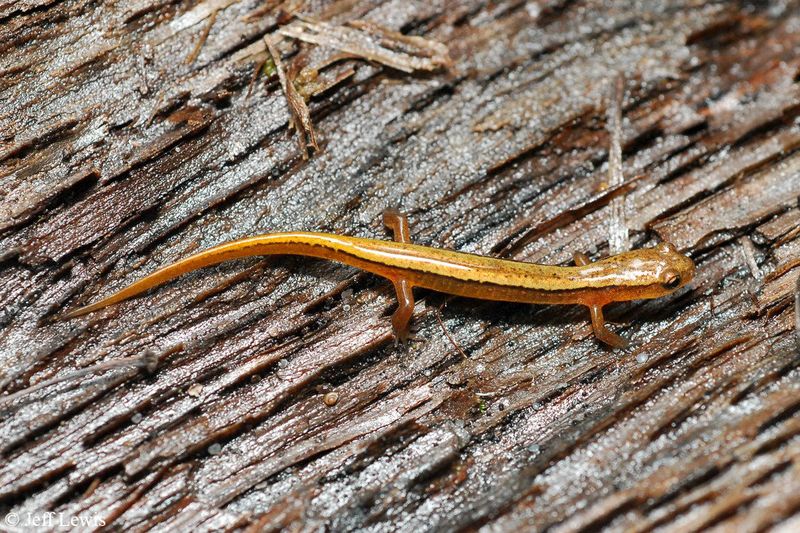
In the clear, flowing streams of the Blue Ridge Mountains, the Blue Ridge Two-lined Salamander darts with agility. Its slender body is adorned with two bright yellow stripes, a visual delight against the pebbles and water.
This aquatic creature thrives in clean, oxygen-rich environments, making it a vital indicator of stream health. Protecting these waterways ensures the survival of this vibrant salamander, a small yet significant part of the Appalachian ecosystem. Watching it swim is like witnessing a living streak of sunlight under the water.
Mountain Chorus Frog
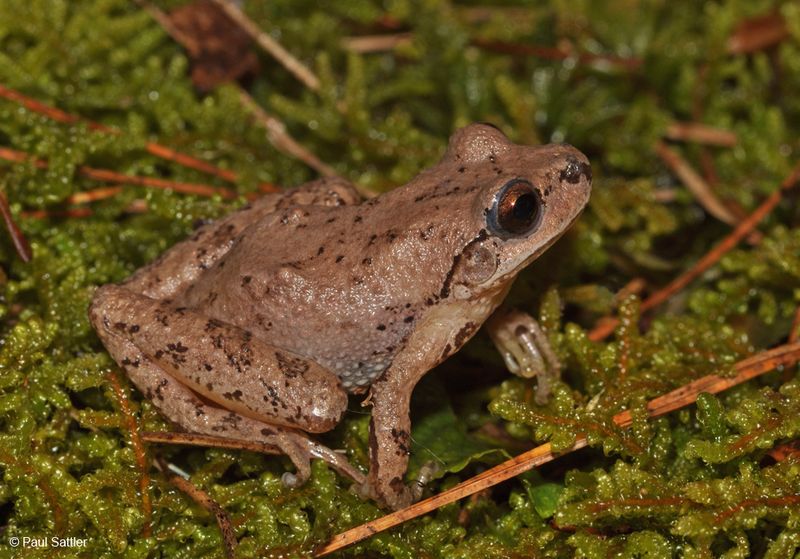
When the Appalachian evening air hums with sound, the Mountain Chorus Frog adds its voice. Small and olive-green, its dark mask-like pattern gives it an enigmatic look.
As dusk falls, its call becomes a defining feature of the night, signaling the onset of spring. This frog thrives in ephemeral pools and moist environments, playing a crucial role in the food web. Its presence is a sign of a vibrant ecosystem, resonating with life and continuity.
Eastern Small-footed Bat
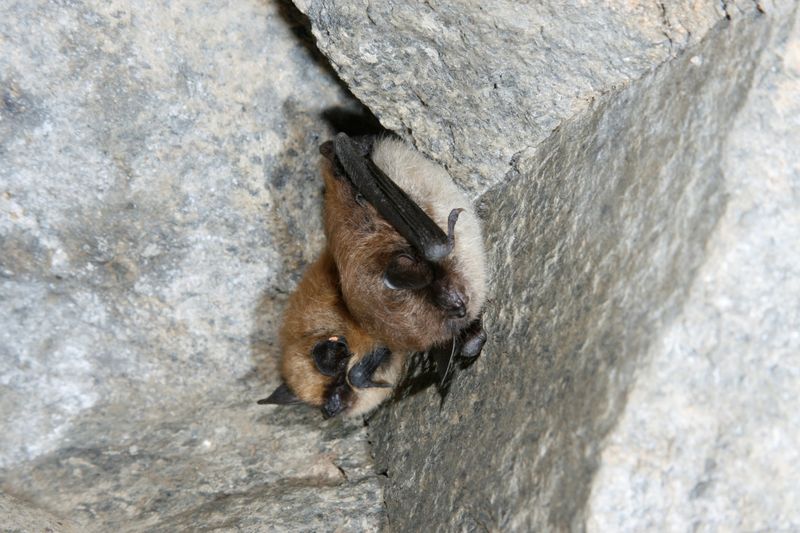
Within the shadowy confines of Appalachian caves and abandoned mines, the Eastern Small-footed Bat finds its niche. Tiny and nimble, it hangs with delicate balance, its small feet grasping the rock with precision.
This bat is an unsung hero of pest control, consuming vast numbers of insects nightly. Its presence is vital for maintaining ecological balance, yet it faces challenges from mining activities and white-nose syndrome. Protecting this species is essential for keeping the Appalachian nights alive with the flutter of wings.
Appalachian Brook Trout

In the crystalline waters of Appalachian streams, the Appalachian Brook Trout glides with elegance. Its speckled body reflects the sun’s rays, a living jewel among the rocks and currents.
This fish is a symbol of pristine aquatic habitats, requiring cold, clean water to thrive. Anglers and conservationists alike treasure its presence, a testament to healthy mountain streams. Efforts to protect these waters ensure the survival of this native trout, a cornerstone of the freshwater ecosystem.
Rock Vole
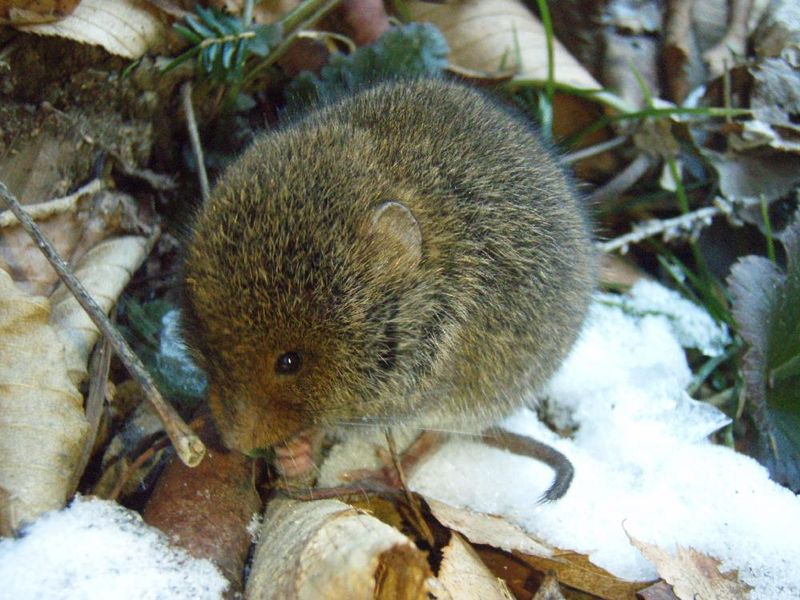
Among the rugged terrain of the Appalachian Mountains, the Rock Vole makes its home. With grayish fur and a rounded snout, it navigates the rocky landscape with ease.
This vole’s preference for boulder-strewn habitats sets it apart, thriving where few others dare. It plays a crucial role in seed dispersion and soil aeration, contributing to forest rejuvenation. Observing the Rock Vole’s activities offers insight into the complex dynamics of mountain ecosystems.
Appalachian Tiger Beetle
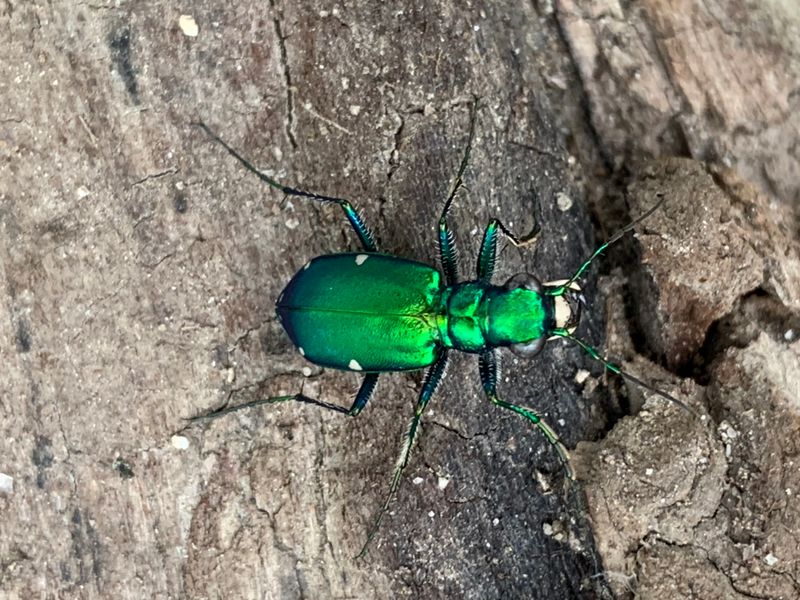
Glistening in the sunlight, the Appalachian Tiger Beetle is a dazzling spectacle among the foliage. Its metallic green body, adorned with distinctive white spots, shimmers like a jewel in the forest.
This beetle is a fierce predator, its speed and agility unmatched in the insect world. It plays a vital role in controlling pest populations, maintaining a healthy balance in its ecosystem. Watching it hunt is like witnessing a miniature predator on the prowl, a testament to nature’s diversity.
Mole Salamander
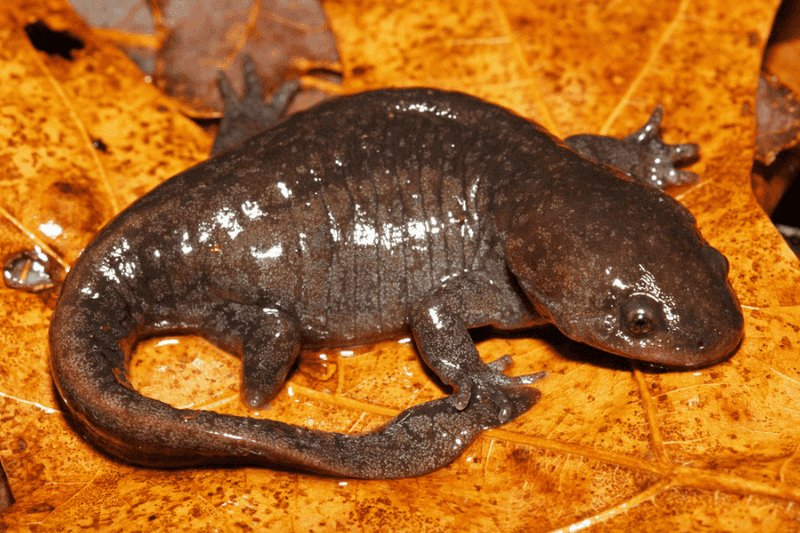
Burrowed within the rich soil of the Appalachian Mountains, the Mole Salamander hides from prying eyes. Its plump body is marked with bright yellow spots, a striking contrast against the dark earth.
This salamander’s life underground contributes to soil aeration and the control of insect populations. It thrives in environments rich in organic matter, a sign of healthy forest floors. Protecting its habitat ensures the continuation of these crucial ecological processes.
Eastern Box Turtle
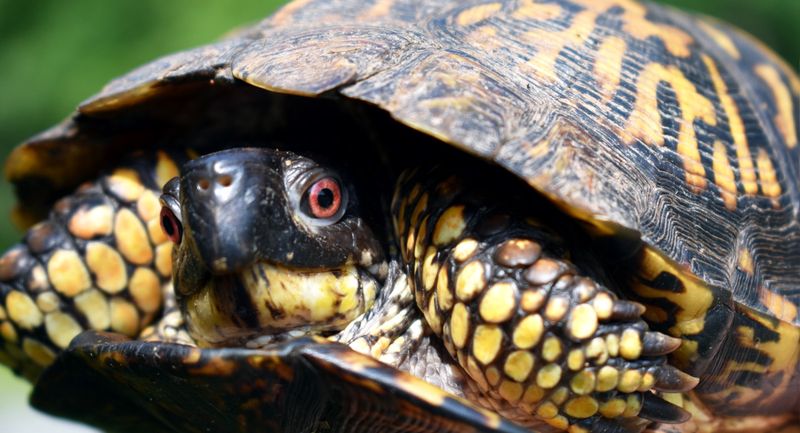
Crossing the sunlit paths of the Appalachian forest, the Eastern Box Turtle moves with deliberate patience. Its domed shell is a canvas of intricate patterns, each a unique masterpiece of nature.
This turtle’s slow pace belies its resilience, having adapted to various habitats over millennia. It plays a role in seed dispersion, contributing to the forest’s regeneration. Encounters with an Eastern Box Turtle are moments to treasure, a reminder of the timeless dance between species and their environment.
Appalachian Cuckoo Wasp
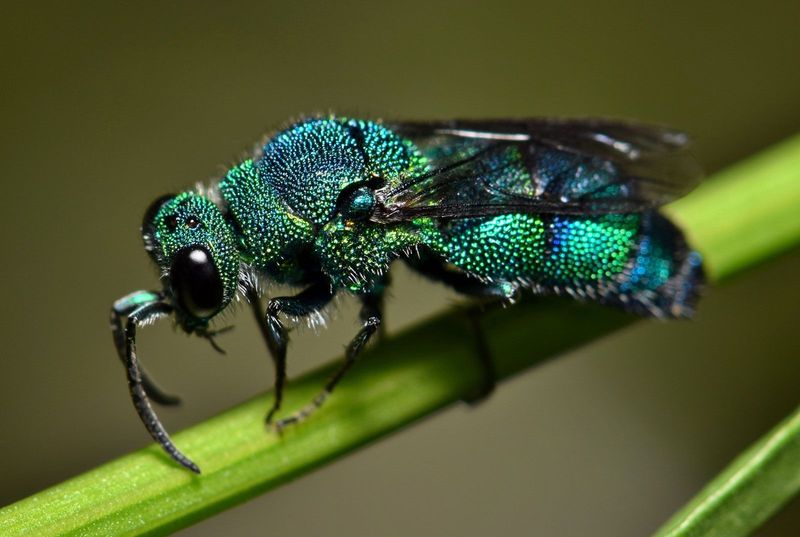
In the flowering meadows of the Appalachian Mountains, the Appalachian Cuckoo Wasp gleams with an iridescent glow. Its metallic body flits between blooms, a tiny marvel of natural engineering.
Known for its parasitic behavior, this wasp lays eggs in the nests of other insects. This unique strategy exemplifies the complex interactions within ecosystems. Observing this wasp is a lesson in nature’s ingenuity, a glimpse into the intricate dance of survival.
Appalachian Groundhog
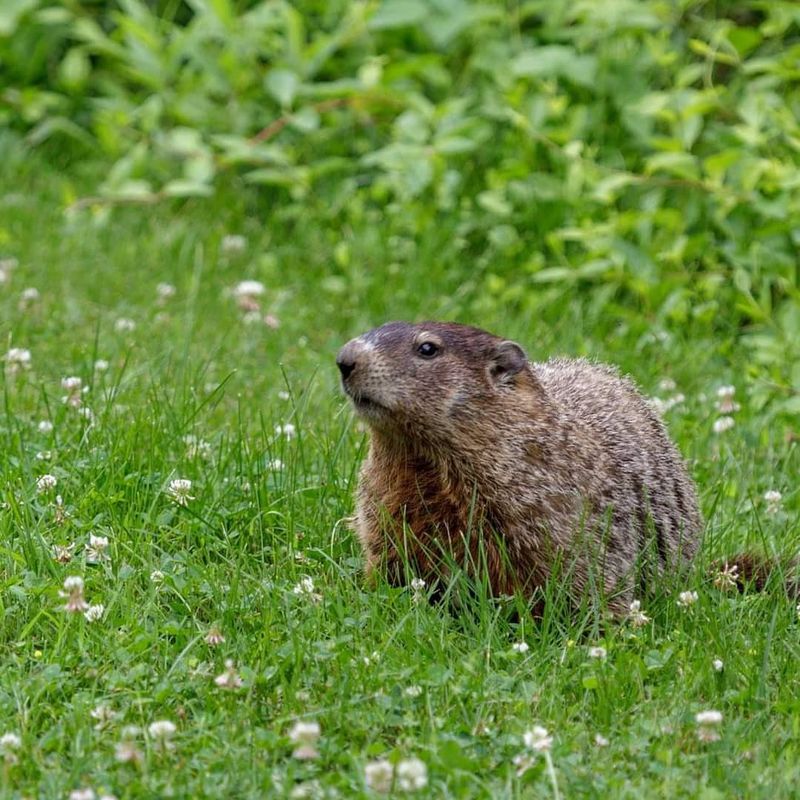
Meet the Appalachian Groundhog, a critter known for its plump physique and curious gaze. Often seen standing upright, this adorable rodent enjoys basking in sunny meadows or nibbling on fresh wildflowers. In folklore, it’s associated with weather predictions, emerging from its burrow to signal the coming of spring.
With a lifestyle mirroring the gentle ebb and flow of mountain seasons, the groundhog’s rhythmic hibernation is a marvel. Listen closely, and you might hear its low, whistling call echo through the valleys, adding a touch of whimsy to its charming presence.
Red-Bellied Woodpecker
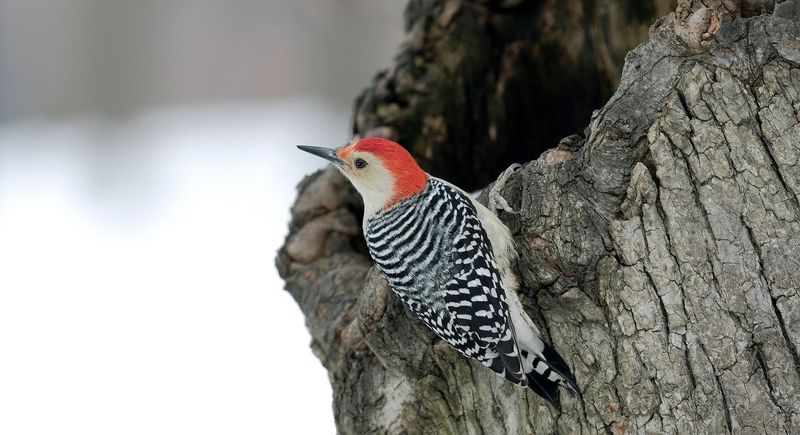
The Red-Bellied Woodpecker is a striking sight in the Appalachian forests, with its bold red cap and zebra-striped back. This bird’s rhythmic drumming echoes through the woods, a territorial call that resonates with vigor.
Its diet includes insects and seeds, which it deftly extracts from bark crevices. Watching it work is like witnessing a skilled musician, tapping out a beat that’s distinctly its own. With a splash of color and a dash of charisma, this woodpecker embodies the vibrant life of the forest.

